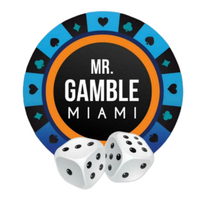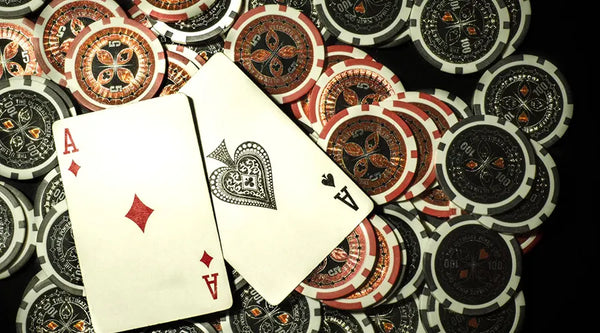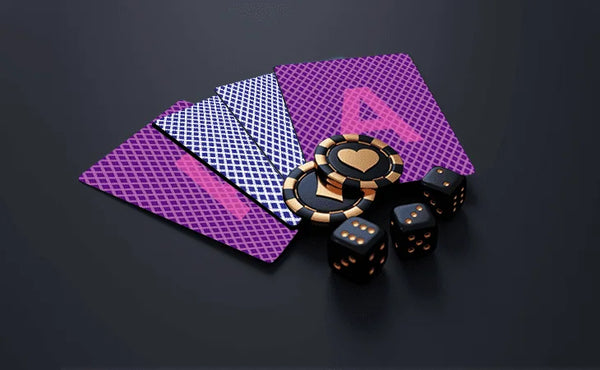In high-stakes poker, magic shows, and strategic play, one tool is always guaranteed to elicit both curiosity and debate: the marked playing card. Though frequently misrepresented, marked cards do possess valid applications in entertainment, training, and even personal skill advancement.
At Mr. Gamble Miami, we're committed to instructing players and card enthusiasts regarding the new technologies and tools in the market. If you're a poker professional, a hobbyist, or even a magician, knowing what marked playing cards are and how they're applied might transform your outlook towards the game.
What Are Marked Playing Cards?
A marked playing card is a card that has been subtly modified to contain identifiers—usually on the back design—that disclose its value or suit. These marks are imperceptible or almost imperceptible to the naked eye but can be read by an individual who knows what to observe. Some popular marking systems are:
Luminous Ink: Perceivable only with special contact lenses or glasses.
Barcode Marks: Scanned by scanning devices, e.g., poker analyzers.
Juice Markings: Read through subtle differences in the card's texture or design when lit in some light.
Reader Systems: Imprinted in the back artwork, readable by practice.
The markings can provide users with valuable information at a game and enable them to evaluate opponents' hands, enhance strategy, or improve a magic trick.
Common Uses of Marked Playing Cards
In spite of the word "cheating" usually linked to marked cards, they are commonly used in legitimate and ethical situations, such as:
1. Magic and Mentalism
Magicians employ marked cards to produce illusions of mind reading or prediction. Since the marks are concealed, spectators are none the wiser, which makes the effect all the stronger.
2. Poker Training
Some players utilize marked cards in single or group training settings to analyze betting behavior, compute odds, or experiment with bluffing. This can translate into enhanced play in legitimate, real-money games.
3. Private Games
In certain friendly or private games where all participants know about the equipment employed, marked playing cards can be a part of the enjoyment. Transparency and agreement are essential.
4. Collector and Hobby Use
Collectors usually hunt for marked decks because of their distinctive designs and concealed characteristics. It's an interesting piece of card art and history.
Are Marked Cards Legal?
Yes — having or using a marked playing card is not against the law in itself. The legality is determined by where and how it's used. The use of marked cards in a casino or licensed poker room without revealing it is cheating and is against the law. But to use them for magic performances, private demonstrations, or personal practice is entirely legal.
At Mr. Gamble Miami, we always promote ethical and responsible use of all gaming aids.
How to Spot a Quality Marked Deck
Not all marked cards are created equal. Here’s what to look for if you’re considering adding them to your collection:
Subtlety: The best marked cards look identical to standard decks. The marks should be invisible to anyone not in the know.
Durability: Professional marked decks are made from high-quality materials like 100% plastic or premium paper stock.
Compatibility: Select a deck suited to your usage — for poker, magic, or analysis.
Marking System: There are marking systems simpler to learn than others. Novices usually begin with "reader systems," wherein marks unambiguously identify rank and suit.




